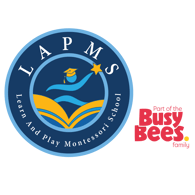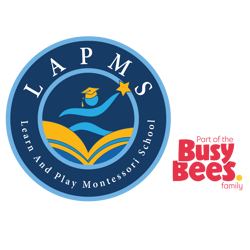Welcome to Learn And Play® Montessori School!
Your child deserves a top-rated program that puts learning first, setting the foundation for a “love of learning” plus STEM (Science, Technology, Engineering, and Math). Our programs are age-appropriate – where kids have fun, and we work with each child to help them learn to love learning. The foundations for a lifetime of success are set early.
Explore our website to learn more, call us, or stop by for a tour to explore the best options for your child!
Who We Are

Our Mission
Our mission is to inspire children to become self-confident and motivated individuals; we achieve this by providing the highest quality educational programs and opportunities for each child to reach their highest potential.

Certified Teachers
At LAPMS we strive to provide a well-rounded education and instill in our children a love for learning. As our students develop, Montessori certified and trained teachers present appropriate lessons and materials to support each child's growth and emerging capabilities.

Learning is Fun
Children's success here is not limited to academic mastery, they learn to care for themselves and care about others and the world in which they live. We are committed to a philosophy that fosters respect and compassion and honors the spirit of childhood.
Our Programs

Child Care

Day Care

Infant

Toddler

Preschool

Transitional Kindergarten

Kindergarten
Latest News
Learn and Play Montessori School Opens New School in Palo Alto
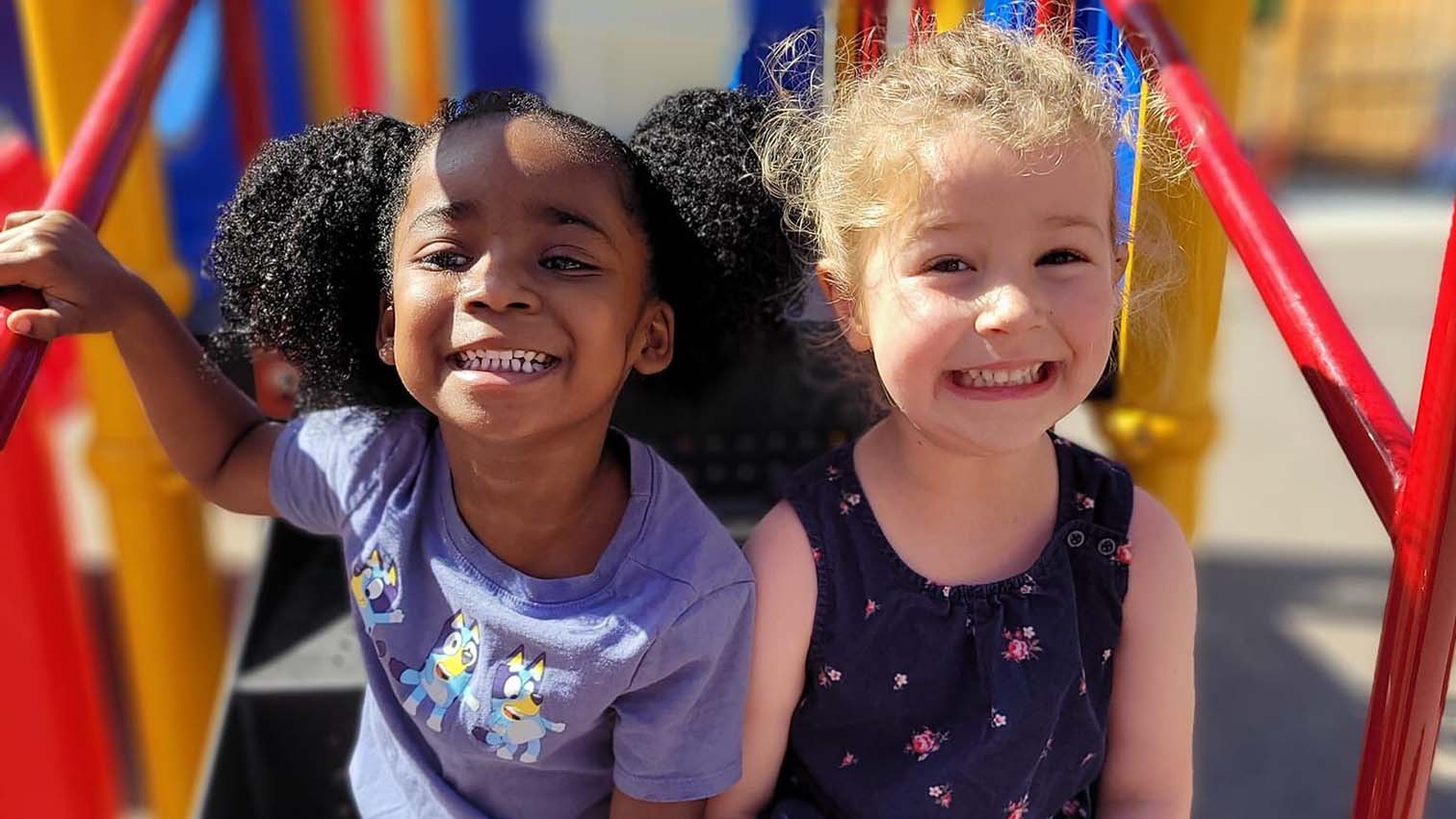

Learn and Play Montessori School Opens New School in Palo Alto
Sep 10, 2025
2
min
Learn and Play Montessori Brings Innovative Early Learning to Pleasanton
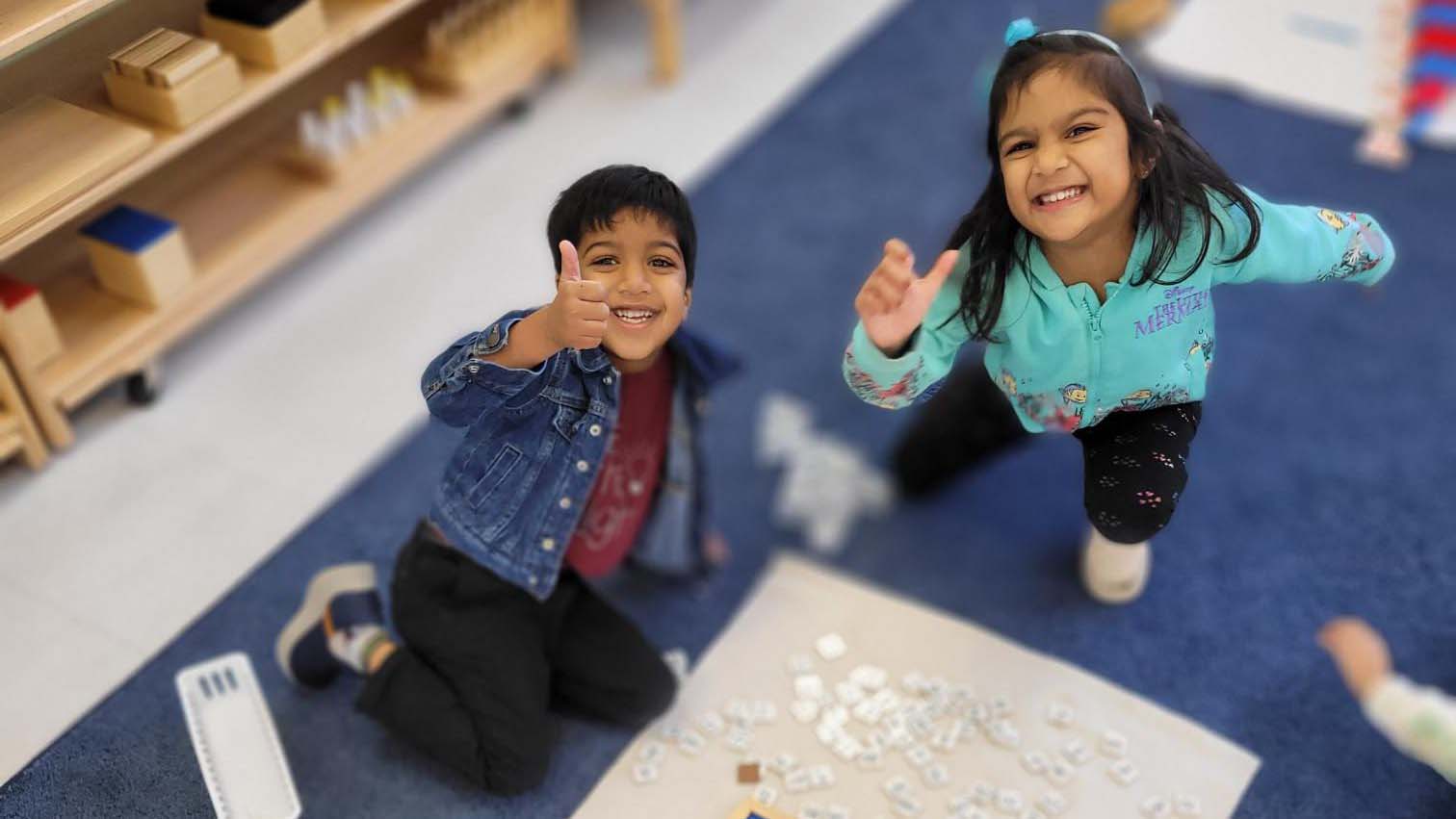

Learn and Play Montessori Brings Innovative Early Learning to Pleasanton
Sep 10, 2025
2
min
Why Kindergarten Matters, and Why a Private Kinder Might Be the Smart Choice
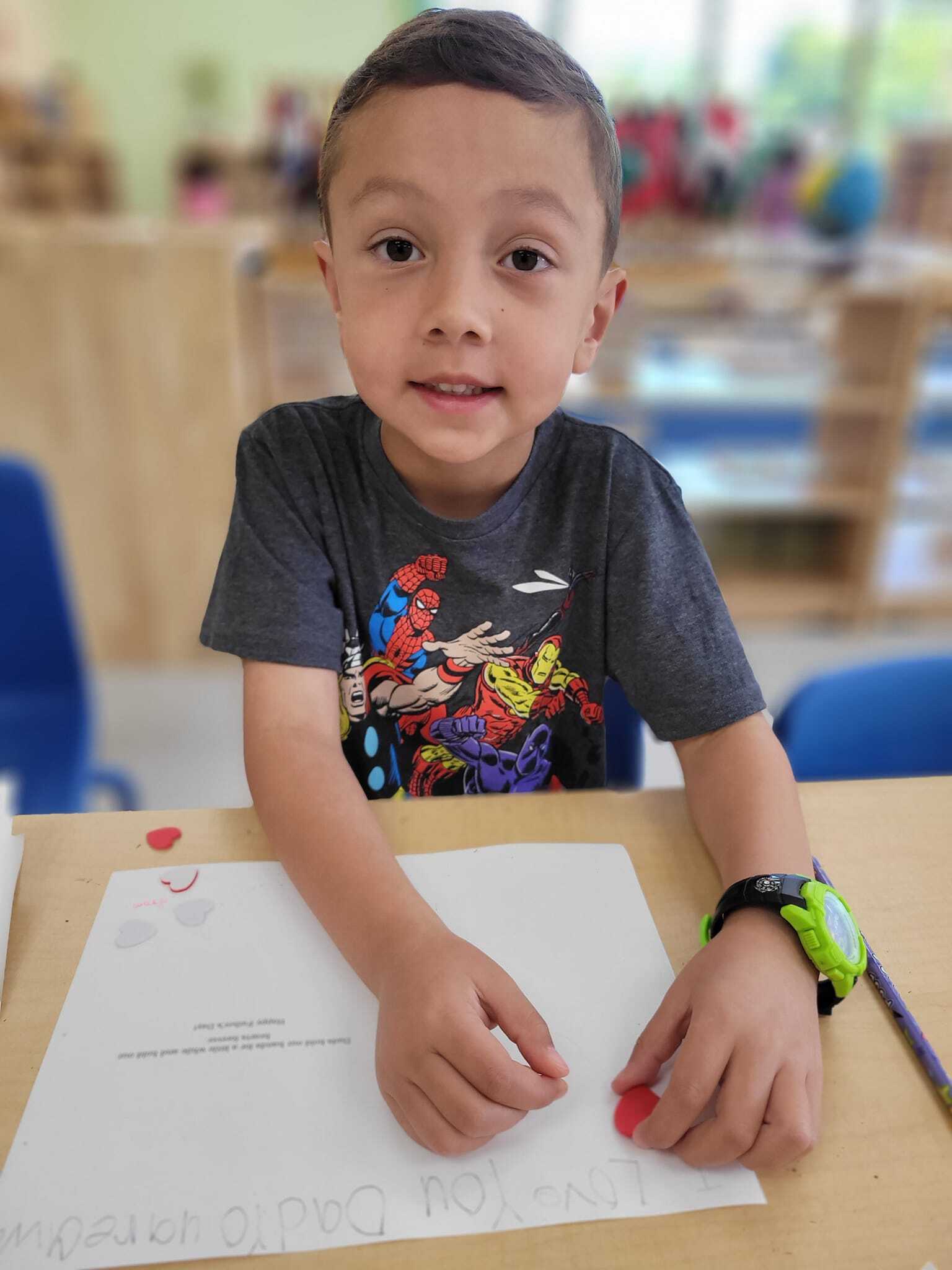

Why Kindergarten Matters, and Why a Private Kinder Might Be the Smart Choice
Aug 28, 2025
3
min
Fall 2025 Open Houses: Discover Montessori + STEM at Learn And Play®


Fall 2025 Open Houses: Discover Montessori + STEM at Learn And Play®
Aug 27, 2025
3
min
What Families are Saying
"My daughter has attended the Niles Campus for over a year now. The teachers are very friendly and loving, and their academics are respectable while letting the children have fun. I especially appreciated her teachers encouraging her to become more social. It’s amazing to see my daughter enjoys to read and write over watching TV or playing with iPad."
Tiffany S.
Fremont, CA
“Well it’s just about a month here and we are already loving how much our kid is learning. I always admire how much kids follow the discipline with accuracy. I highly recommend this place.”
Laxmi G.
Fremont, CA
“Our family’s experience spans over four years now. First with our 5 year old who is now in kindergarten and currently with our 2 year old. In this time, Learn and Play Montessori has been nothing short of incredible. EVERYONE has always been very attentive, understanding and professional. Overall, I would not hesitate for a moment to give the highest praise. Thanks again for taking such great interest and care in my children’s days.
Scott G.
Fremont, CA
“My heart is so full of joy right now. I just dropped off my child to his classroom and he immediately ran off and joined circle time with a big smile on his face and started singing rhymes along with the other kids. I decided to move my son here from another private institution and I feel that was one of the best decisions I’ve made as a mother for my child. I’ve never gotten the feeling that I’m just a financial transaction for this school- they genuinely care about the well being of your child.”
Ginni J.
Fremont, CA
“I love the Montessori curriculum! My daughter comes home telling me about amphibians, Africa, planting radishes, and telling me what 4 + 5 equals. It’s so well rounded and yet so practical! My daughter is a generally well behaved child but she has absolutely blossomed in this environment. If you are looking for an amazing preschool with absolutely wonderful teachers and an atmosphere that feels like a elementary school – this is the place for you!”
Ellena M.
Milpitas, CA
“Consistently, the teachers have been invested in my daughter’s growth and she has developed so much thanks to each teacher’s guidance, patience, and support.”
Stephanie S.
San Francisco, CA
"I L-O-V-E this school. The staff is amazing. They genuinely care about each kid from the front desk staff to the teachers and chefs, everyone is just incredible. The classrooms all encourage independent learning and they inspire kids to learn and grow in their own way and on their own time. You won’t find a better school in the area. I’ve looked at them all before finding this gem!"
Samantha D.
San Francisco, CA
“My son has been attending LAPMS Niles since September and he is very happy and enjoys coming to school every day. It’s a beautiful campus with great play structures and wonderful staff. Highly recommended!”
M. Thivani
Fremont, CA
Find a School
Learn and Play Montessori Centerville Fremont Campus
2550 Peralta Blvd. Fremont, CA 94536
Learn and Play Montessori Dublin Silvergate Campus
11900 Silvergate Dr. Dublin, CA 94568
Learn and Play Montessori Dusterberry Fremont Campus
4511 Peralta Blvd. Fremont, CA 94536
Learn and Play Montessori Irvington Fremont Campus
40803 Fremont Blvd. Fremont, CA 94538
Learn and Play Pleasant Hill South Campus
1898 Pleasant Hill Rd. Pleasant Hill, CA 94523
Learn and Play Montessori Sunnyvale Campus
1055 Sunnyvale Saratoga Rd. Sunnyvale, CA 94087
